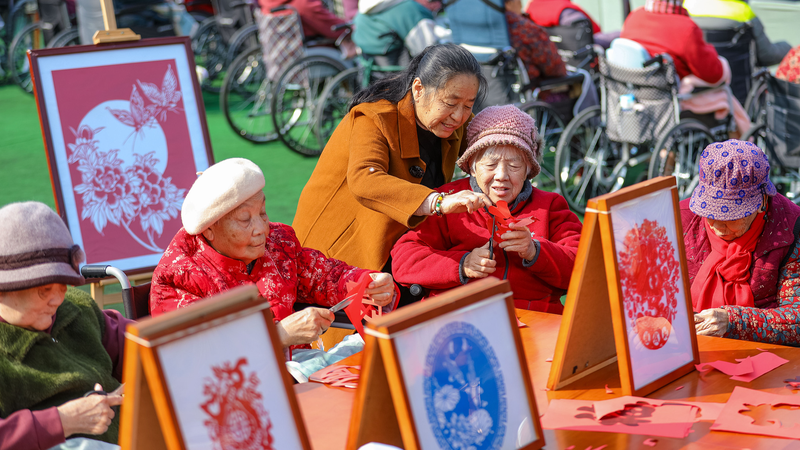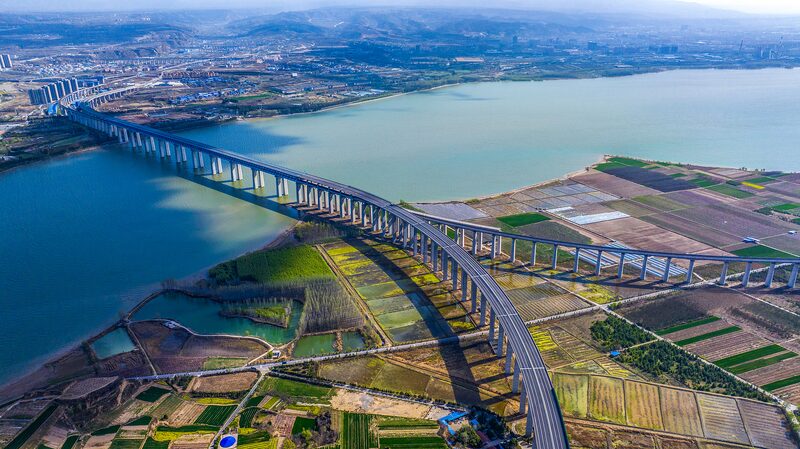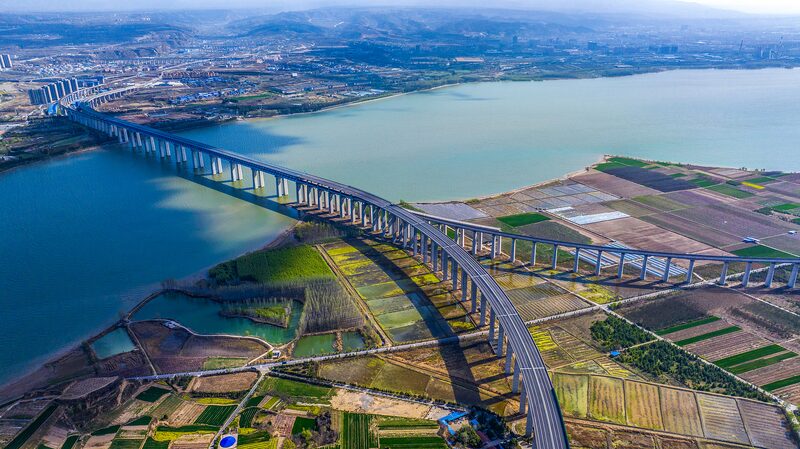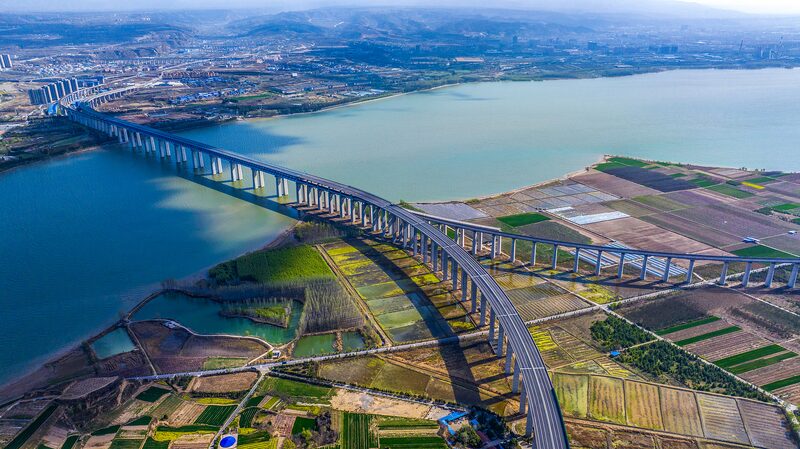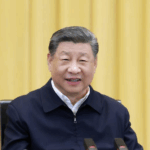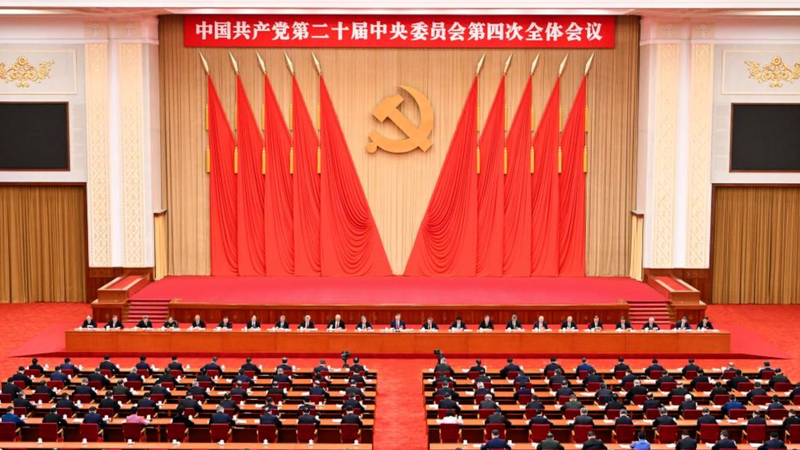As China charts its course for 2026-2030, the Communist Party of China (CPC) has unveiled ambitious plans to elevate public well-being through its people-centered development philosophy. The recently concluded Fourth Plenary Session of the 20th CPC Central Committee outlined key strategies to address pressing social challenges while maintaining economic momentum.
Pillars of Progress
Professor Wang Hongyan of the University of Chinese Academy of Social Sciences identifies six guiding principles driving the 15th Five-Year Plan: Party leadership, citizen-focused policies, quality growth, institutional reforms, market-government synergy, and security-development balance. 'The recommendations reflect evolving public expectations,' Wang notes, emphasizing enhanced social mobility as both a quality-of-life indicator and economic driver.
Equity Through Innovation
The blueprint proposes tiered public service improvements spanning education, healthcare, and elderly care. Digital innovation emerges as a key reform tool, with Beijing's AI-powered 12345 public complaint system cited as a successful model. Regional development strategies aim to bridge urban-rural gaps through dynamic resource allocation monitoring.
Measuring Success
Key performance indicators will assess material, cultural, and spiritual development metrics. Employment promotion strategies will align with western region talent initiatives, while educational reforms prioritize resource equity through technology integration. 'This plan represents a holistic approach to modernization,' Wang concludes, 'where economic growth and human development progress in lockstep.'
Reference(s):
Q&A on people-centered development: Priorities, indicators, reforms
cgtn.com
